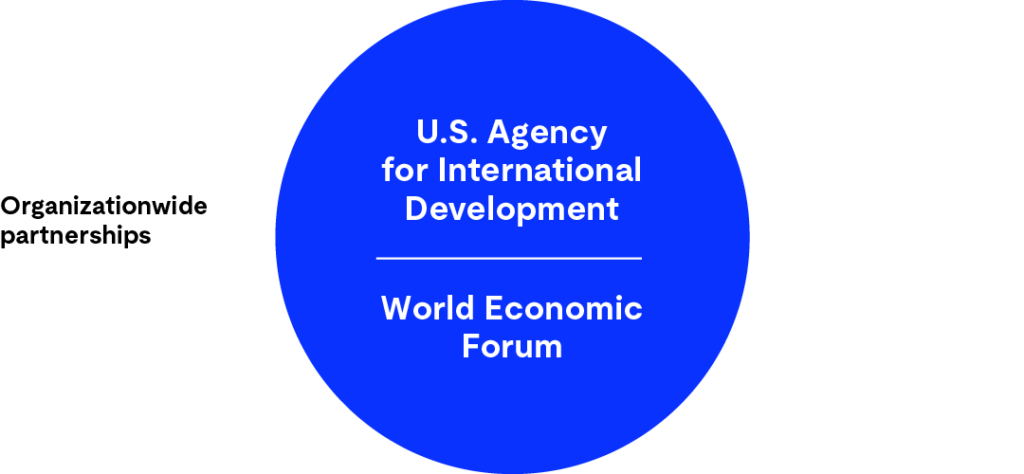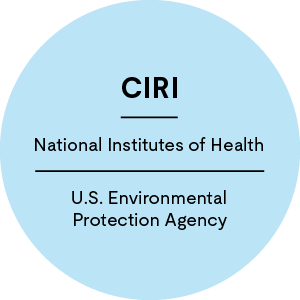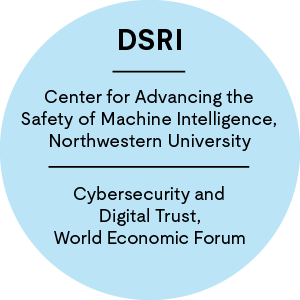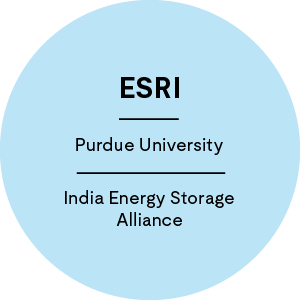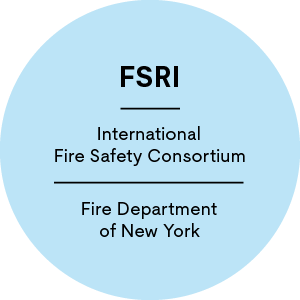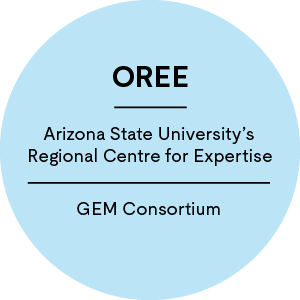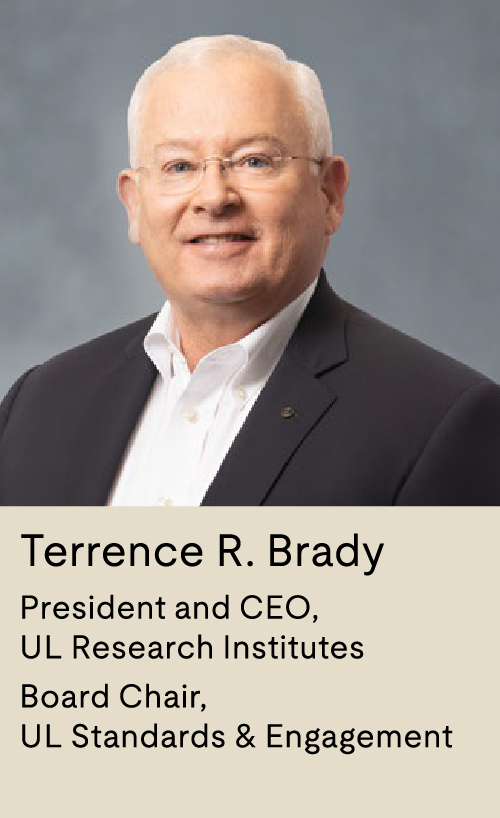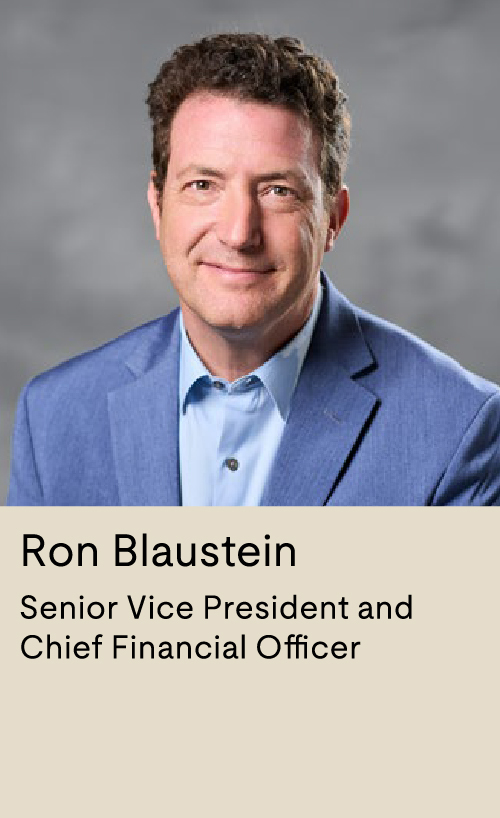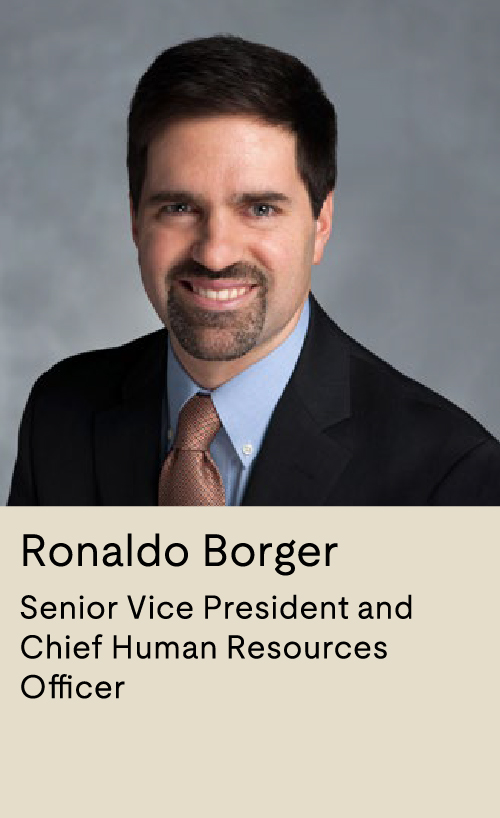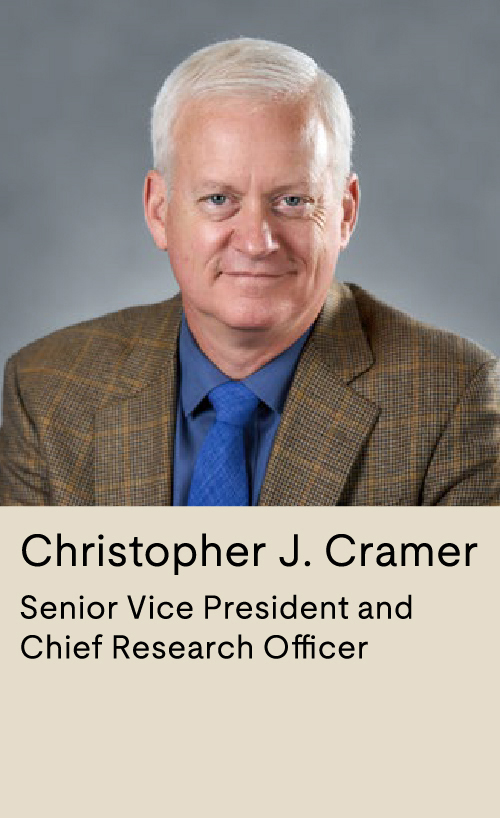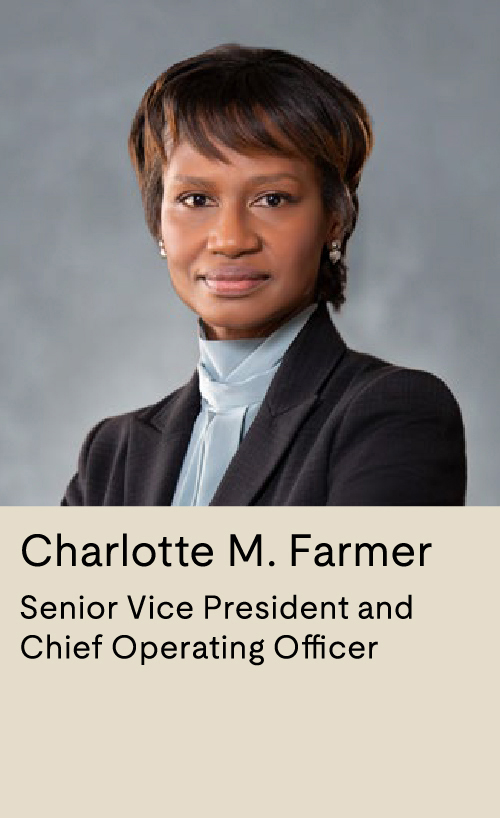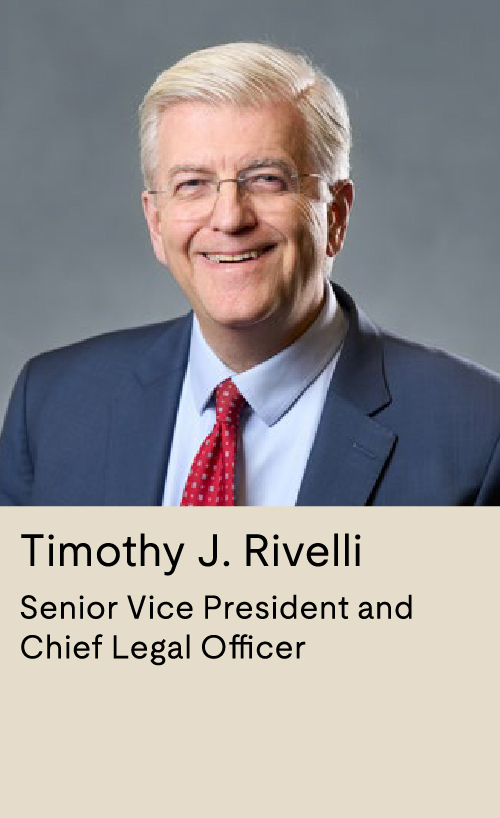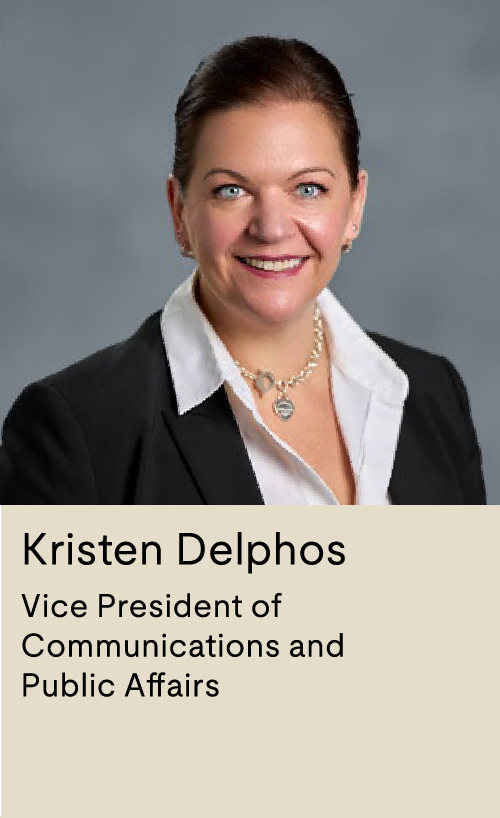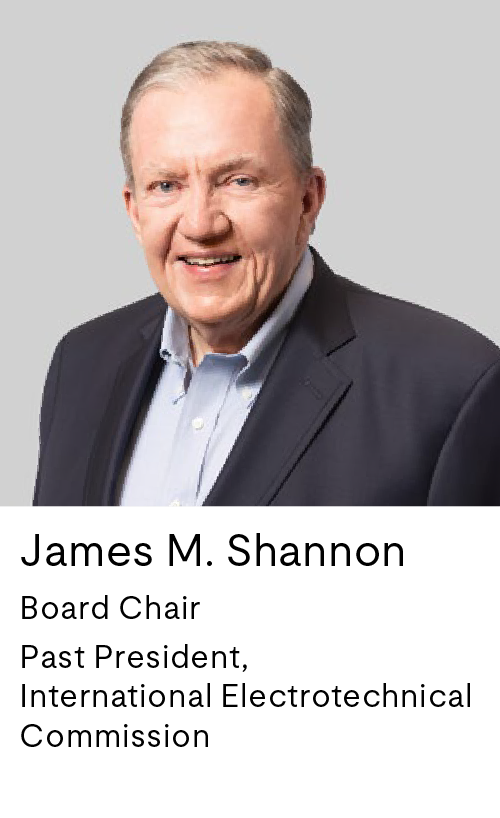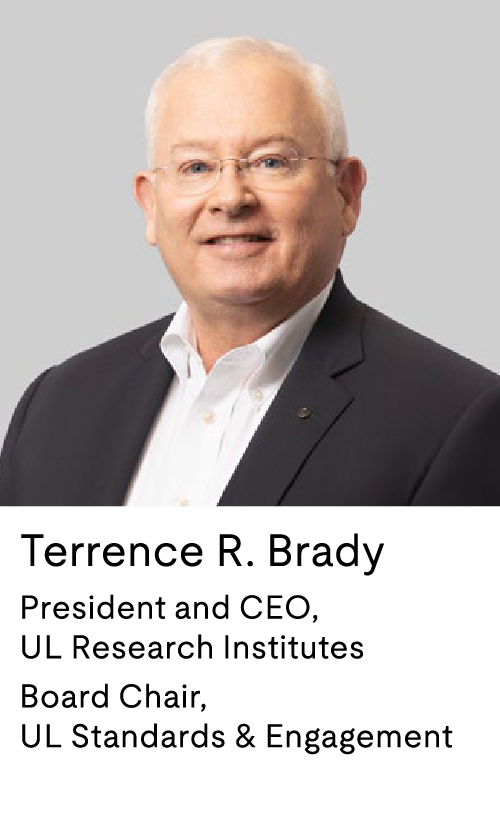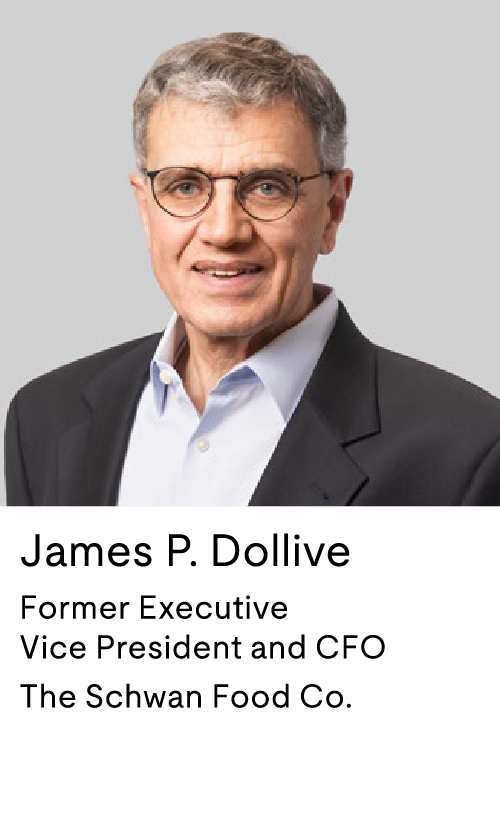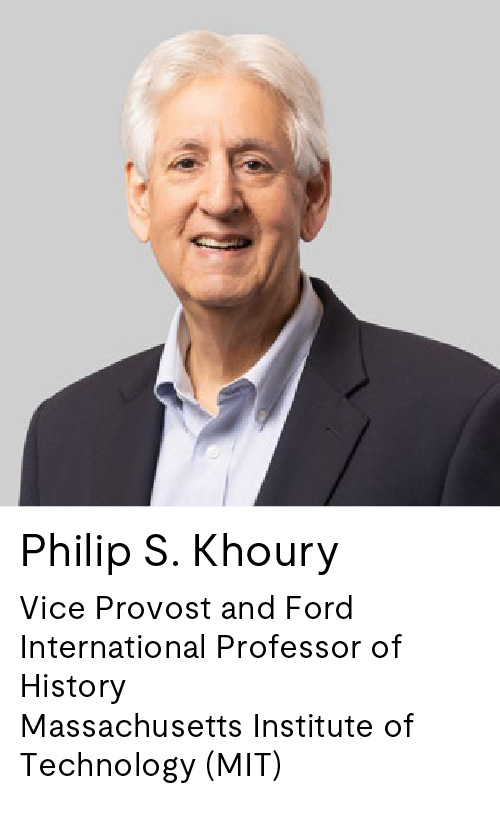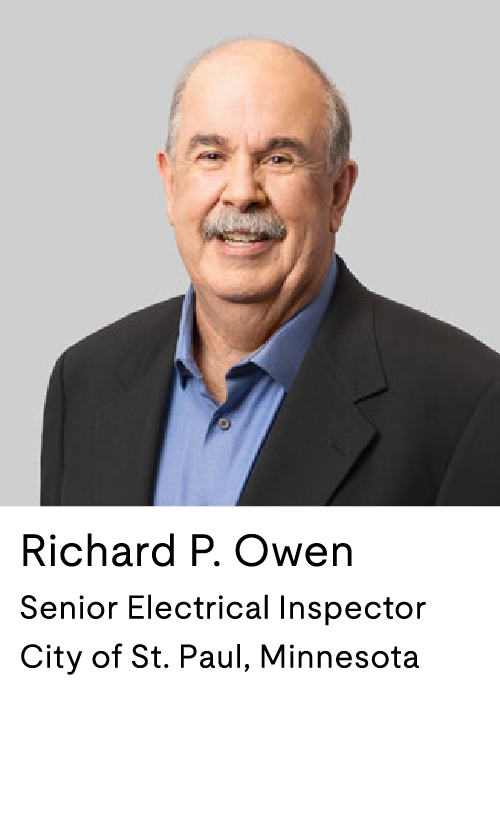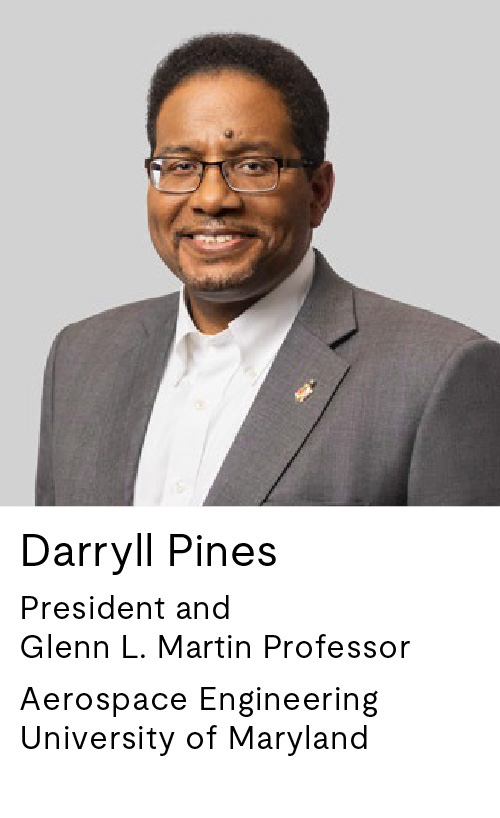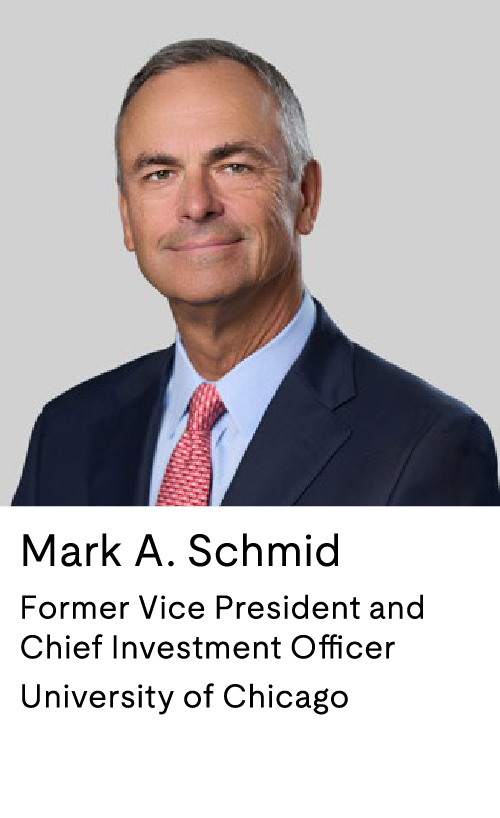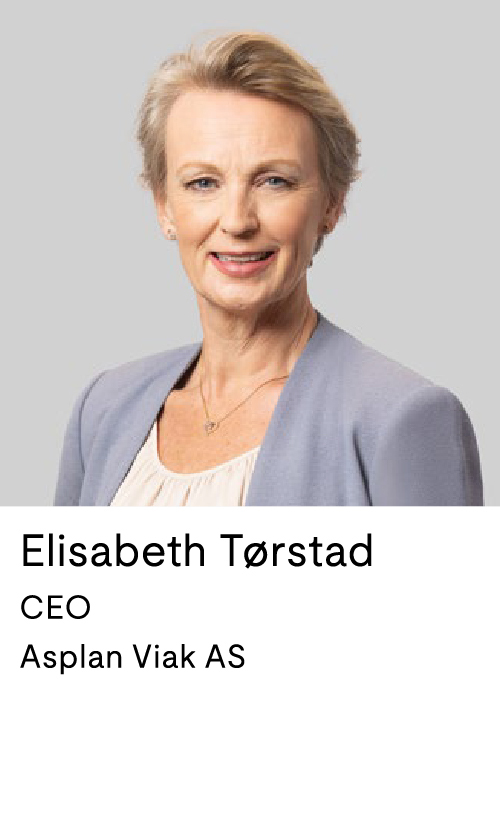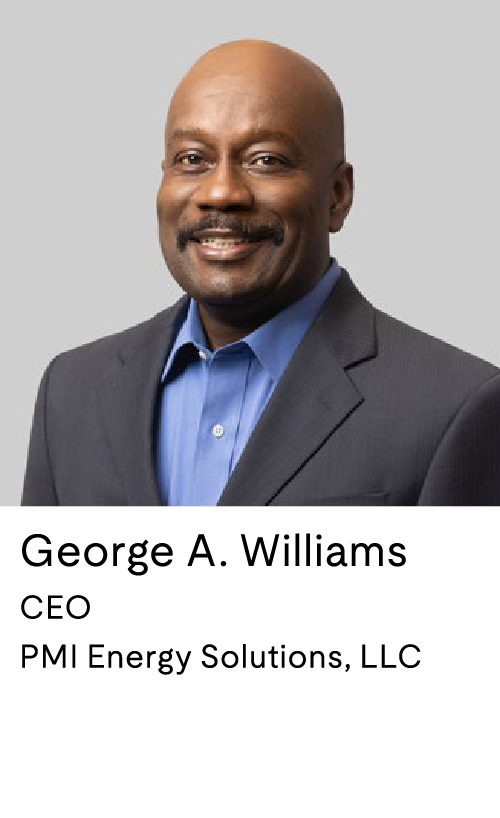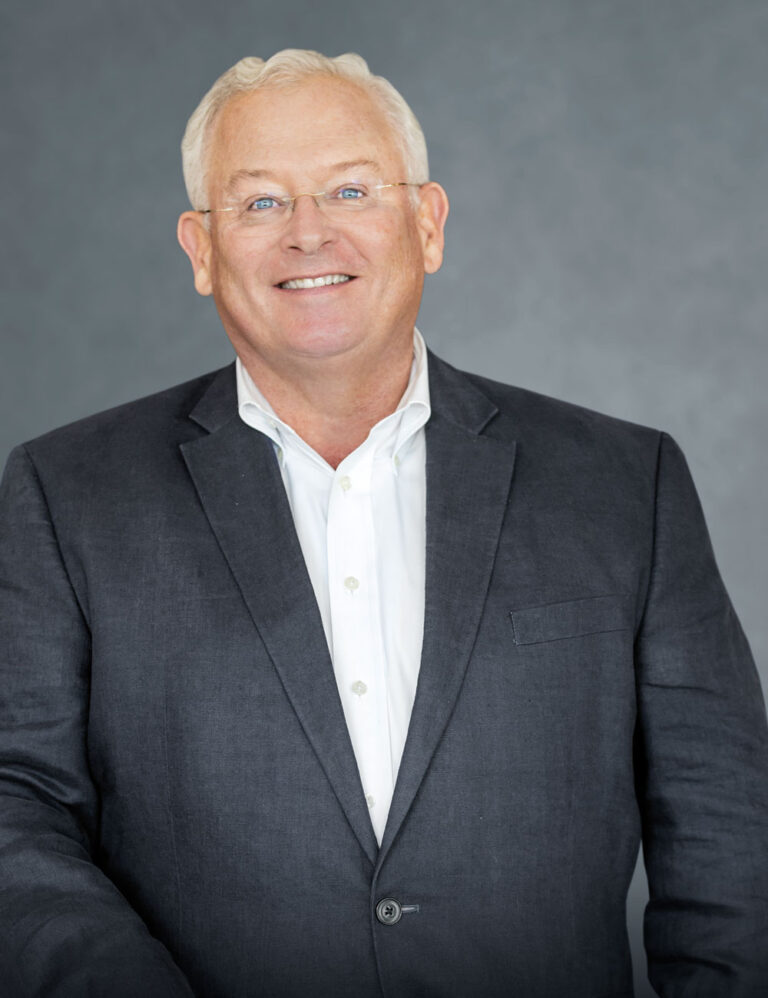As the pace of technological change accelerates, we continually reevaluate and revise what it means to live and work safely.
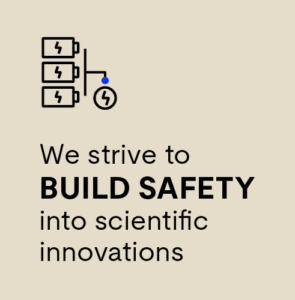
New advances in energy, chemistry, engineering, and medicine have revolutionized the social and economic well-being of people everywhere, improving our quality of life in ways that were unimaginable when UL Research Institutes was founded in the 19th century. Technological progress enabled the human population to reach 8 billion on Nov. 15, 2022, even as scientific advances continue to transform our world at breathtaking speed.
We strive to build safety into these scientific innovations. By necessity, our definition of safety — of what it means to create a safer world — remains open to possibility and, like the world around us, continuously evolving.
Increasingly, our work reflects a growing awareness of the unintended consequences of the world’s extraordinary technological progress, which manifest as troubling milestones: record temperatures, rising sea levels, collapsing ecosystems. Humanity’s influence on the world has become so profound that scientists refer to our time as the Anthropocene, a geologic epoch in which people are the principal architects of our planet’s future.
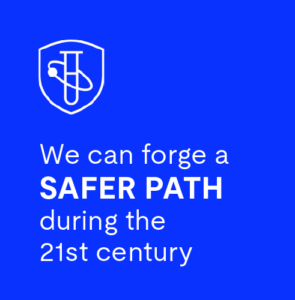
The endpoint of transformation during the Anthropocene is unknown. Will human activity continue to drive change much as it has, but faster, and with greater collateral damage? Or can we curb the unintended consequences of emerging technologies to ensure that their benefits flow equitably to people and places everywhere?
Even if the answers to those questions remain to be seen, we do know that they are likely to be decided during our lifetimes — by our collective response to climate change and other environmental hazards, and by what we do to build and guide technologies like machine learning and artificial intelligence, which have nearly limitless potential to reshape our world.
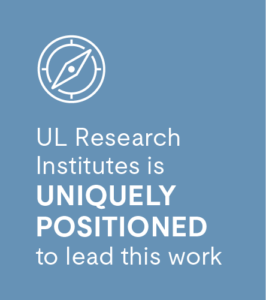
We have good reason to believe that we can forge a safer path during the 21st century than we did in the 20th. For one, our tools to detect and respond to risk have become much more sophisticated. So has our collective understanding of what’s at stake. As a result, experts around the world — scientists, engineers, technologists, regulators, policymakers, and more — are creating new partnerships to address the challenges we face.
UL Research Institutes is uniquely positioned to lead this work. For nearly 130 years, we have been developing the processes, partnerships, and expertise to guide innovation and advance public safety. We’re scaling up our approach — and applying it to our selected grand challenges.
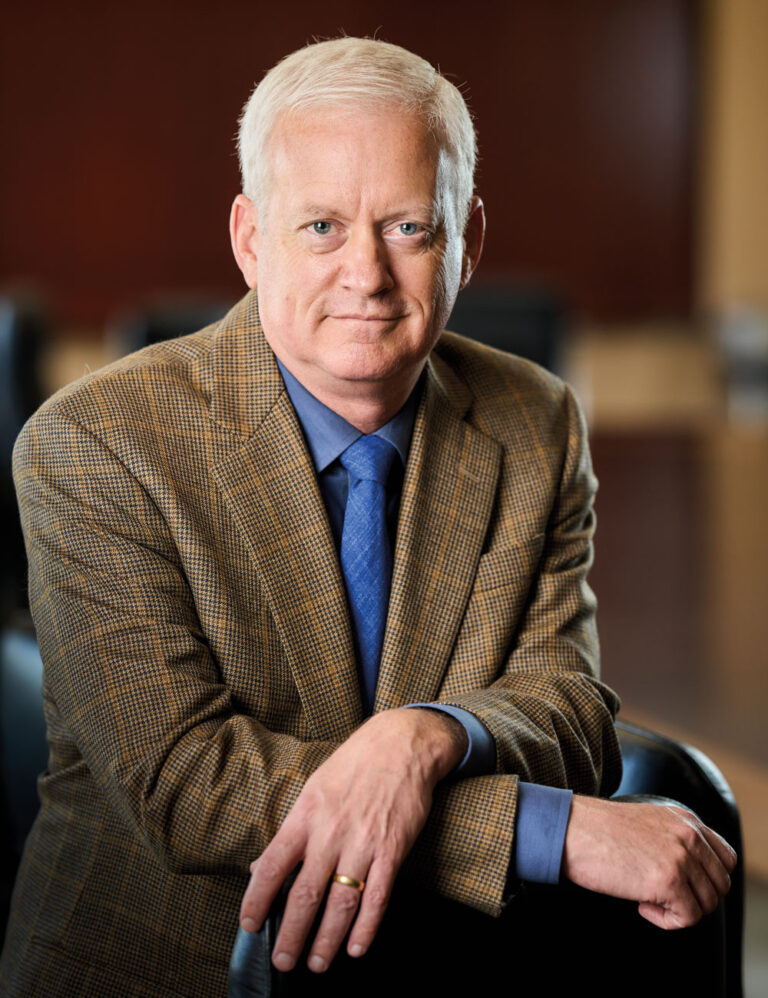




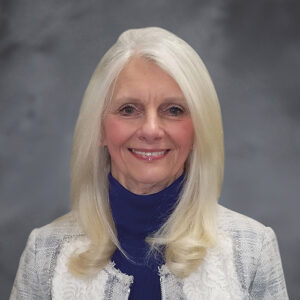
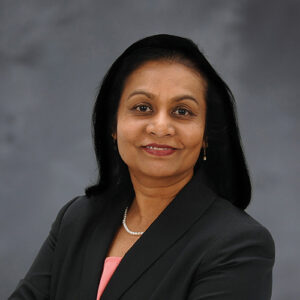
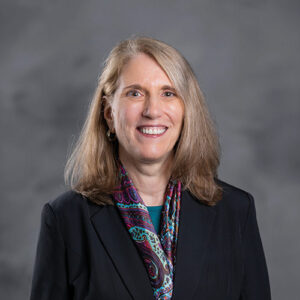
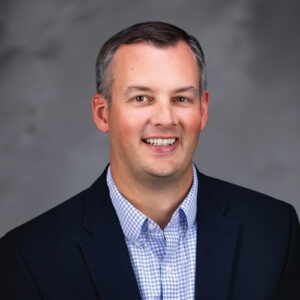
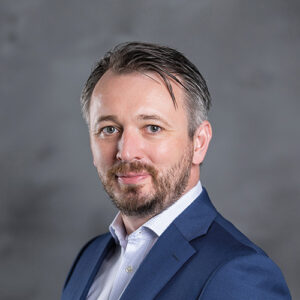

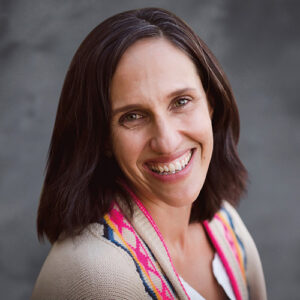
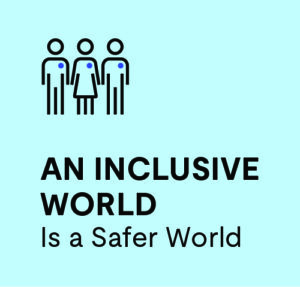 That’s why we aim to ensure that our research — and the solutions we design — reflect the perspectives and needs of the diverse cultures on the front lines of the world’s urgent safety challenges. In practice, our commitment to inclusivity means encouraging a wide range of voices. It means doing more to ensure our efforts incorporate the full diversity of our world.
That’s why we aim to ensure that our research — and the solutions we design — reflect the perspectives and needs of the diverse cultures on the front lines of the world’s urgent safety challenges. In practice, our commitment to inclusivity means encouraging a wide range of voices. It means doing more to ensure our efforts incorporate the full diversity of our world.